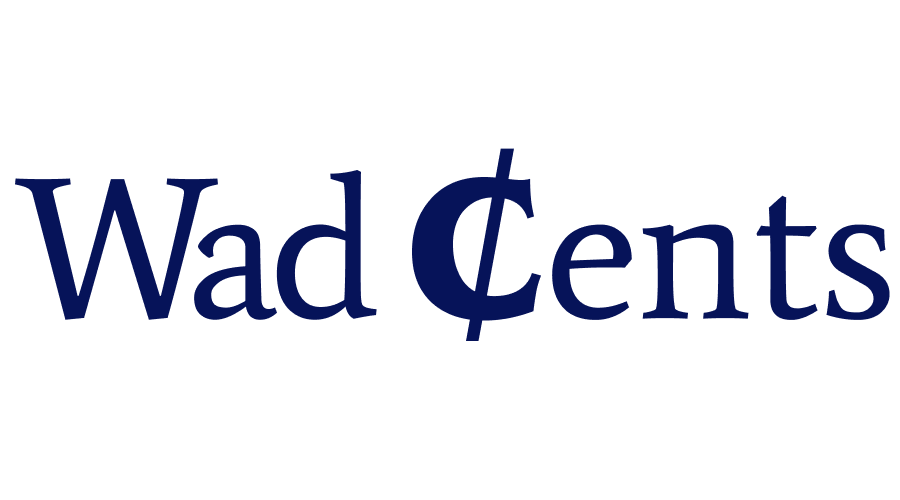If you earned an extra income from a second job, bonus, or dividend payments, and you have already contributed to your 401(k) account, you may wonder whether you can contribute to 401k outside of payroll. What options do you have?
Typically, you cannot contribute directly to a 401(k) outside of payroll deductions. 401(k) contributions must be made through payroll deferrals, where the employer deducts a portion of an employee’s salary and deposits it into their respective 401(k) account. You won’t be allowed to make 401(k) contributions through check, cash, or other payment methods.
However, if you have excess funds outside of payroll, you can choose to increase the 401(k) contribution percentage from your paycheck, for example, 3 to 6%, but make sure you do not exceed the annual 401(k) contribution limit. Also, if you have other retirement plans such as IRA, you are allowed to make contributions on your own, outside of payroll.
Can I write a check into my 401k?
You cannot directly write a check into your 401(k) account. Usually, the IRS requires that contributions to a 401(k) account must be made through payroll deductions, where the employer deducts a portion of your paycheck every pay period, and deposits the funds into a 401(k) account before income taxes are applied.
However, if you want to increase your 401(k) contributions, you can increase the default contribution percentage set by the employer so that you can reach the target of the amount you wish to contribute.
For example, if you currently contribute 3% of your paycheck every pay period, you can raise this percentage to 6% of your paycheck, as long as it does not exceed the annual contribution limit. For 2024, you can contribute up to $23,000 per year, and an additional $7,500 if you are age 50 or older, for a total of $30,500. Since the increased contribution percentage will reduce your take-home pay, you can use the extra income from other sources to cover the shortfall.
Circumstances when you can write a check to your 401(K)
While contributions to a 401(k) outside of payroll are generally disallowed, there are limited circumstances when plan participants may be allowed to write a check to the 401(k) plan:
Loan repayment after leaving your job
If you leave your job with an outstanding 401(k) loan, the loan will fall due immediately. In this case, you will be required to pay the loan immediately, so that the unpaid loan amount is not converted into a taxable distribution.
Since you are no longer receiving a paycheck from your former employer, you will be allowed to write a check or make a wire transfer to pay off the debt. However, you should check with the plan administrator to know what payment methods are allowed.
Self-employed individuals (Solo 401(k))
If you are self-employed or own a small business, you can open a Solo 401(k) plan. Since you are both the employer and employee, you are allowed to contribute directly to the Solo 401(k) account via check or wire transfer.
After-tax contributions
If you have a pre-tax and after-tax 401(k) plan with your employer, you may be allowed to make additional contributions, beyond your pre-tax contributions. If the plan allows, you can write a check to contribute the additional funds to your after-tax 401(k) plan.
Bonus contributions
If you receive an end-of-year bonus or other irregular compensation, your employer may allow you to contribute a portion of this money to your 401(k). This can be done outside of payroll, either by writing a check or via direct deposit from your bank. However, the bonus will count towards the 401(k) limit, and you could hit the annual contribution limit too soon and miss out on employer matches.
Can you contribute to an IRA outside of payroll?
You can contribute to an IRA outside of payroll. Unlike 401(k)s, IRAs are not tied to an employer, and you can use your personal funds to contribute to the IRA at any time during the year. You can write a check from your personal savings account, wire transfer, or direct deposit from your bank account.
You can have both 401(k) and IRA at the same time, and you can max out both accounts during any given year. For 2024, you can contribute up to $23,000 to your 401(k) and up to $30,500 if you are age 50 or older, or $7,000 to an IRA and up to $8,000 if you are age 50 or older.
When making contributions to an IRA, you should consider the tax implications depending on the type of IRA you have. There are two types of IRAs i.e. traditional IRA and Roth IRA. A traditional IRA is funded with pre-tax contributions, and you won’t pay taxes when you make contributions; on the other hand, a Roth IRA is funded with after-tax contributions, and you will pay income taxes when you contribute to the account.
What happens when you reach the maximum 401k contribution?
If you have reached the annual 401(k) contribution limit, you won’t be allowed to make additional pre-tax contributions to your account.
Any excess contributions in your 401(k) must be withdrawn from the account to avoid owing income taxes on the money. Usually, the excess contributions are double taxed both in the contribution year and when they are withdrawn.
If you have overcontributed to your 401(k) account, you must notify the plan administrator immediately. If you made the excess contribution in the current year, you must notify the plan administrator by March 1 of the following year.
The excess amount must be deducted and returned to you by April 15. Usually, when this happens, the employer must make changes to the W-2 Form to show the returned contributions as wages. Also, you must include the earnings in your tax return in the year that the excess contribution is returned.


